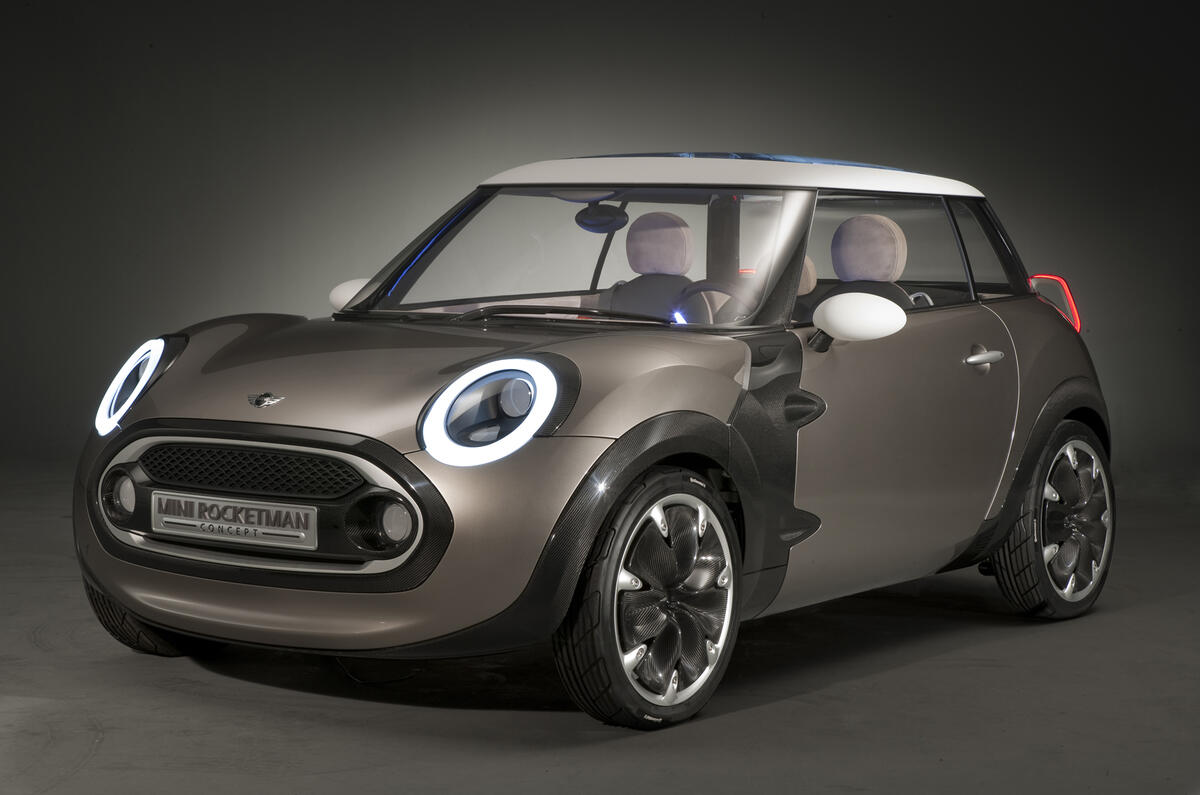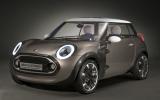Ignore, if you can, the ridiculous Rocketman name because this tiny Mini concept at the Geneva motor show is an important signpost to the future of the brand.
The Rocketman provides clear hints about Mini’s future design language and how BMW will try re-invent the marque and enhance its premium status in a market where Mini is facing increasingly capable competition.
The Rocketman is not, according to BMW, ‘pre-communicating’ a specific upcoming model, as was the case with the Clubman, Countryman and Paceman concepts. But there’s little doubt that a mini Mini - with this Toyota IQ-style 3+1 seating layout - is close to being given the green light as part of the all-new, 2013, Mini line-up.
Wolfgang Armbrecht, head of the Mini division, insists, though, that BMW will be carefully assessing the press and public reaction to the Rocketman when it is unveiled at the Geneva show.
Developed under the rather more convincing ‘Mini Pure’ name, this concept mixes cutting edge technology and ideas as well as giving strong clues as the shape of the new-generation Mini family, including the new brand’s new interior and exterior design language.
The Rocketman concept is built around a bespoke carbonfibre monocoque chassis, which is exposed between the front wheels and front doors. A carbonfibre spaceframe is used to for the car’s roof which, in turn, is capped by a clear panel etched with the outline of a Union Jack.
Read the full story on the Mini Paceman concept
It’s just 3.2m long (that’s 11ft 3in to the original Mini’s 10ft) and 1.9m wide (6ft 3in) wide. The rear cabin space is very restricted until the front passenger seat is slid forward, allowing the rear seat behind it to be used. There’s also a basic seat base moulded in carbonfibre behind the driver’s seat, which would allow a fourth passenger to squeeze into the Rocketman for very short journeys.
Front passengers are much better served. The wide cabin and deep dashboard design has allowed the Mini design team to install a completely new dash architecture, which is less monolithic and delivers a much lighter, airier sensation.
Despite the extremely confined rear, Mini’s design team has managed to package a reasonable storage space behind the rear seats. It’s accessed via a giant drawer, which slides out from the concept’s tail and is surprisingly handy.
























Add your comment